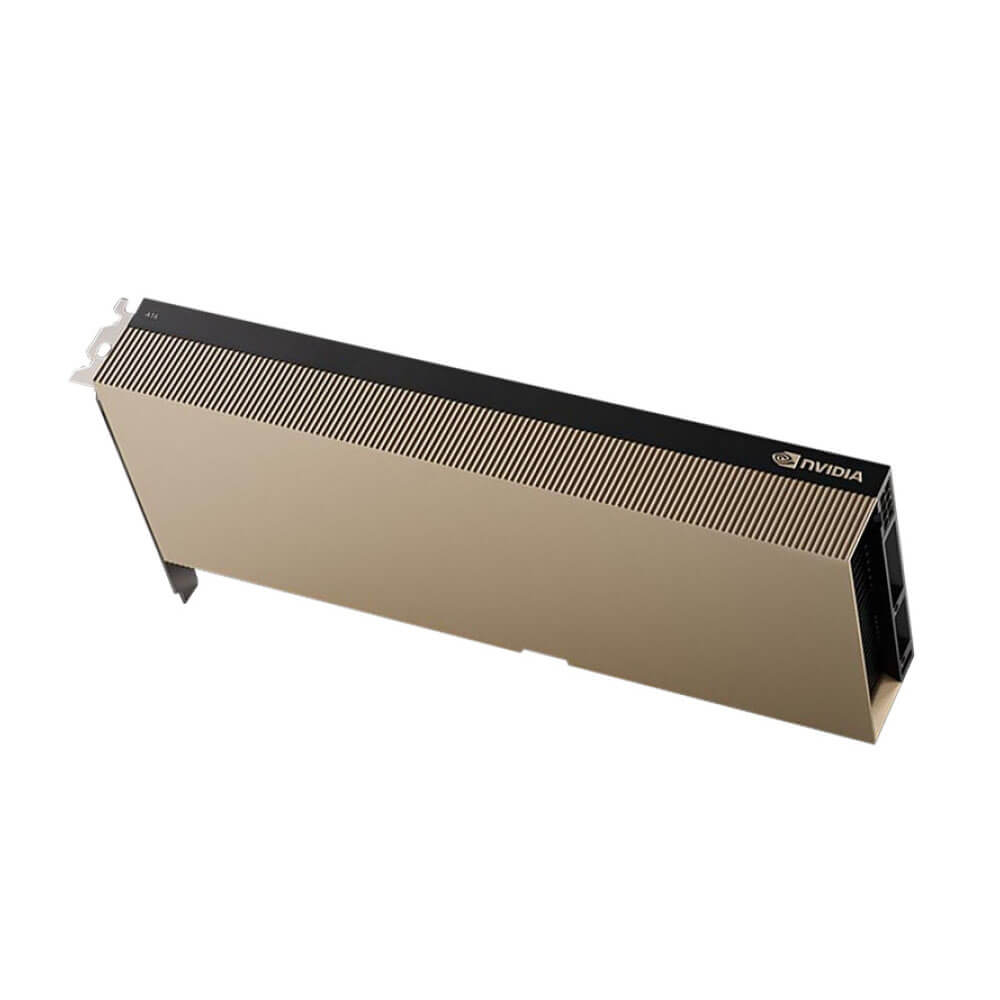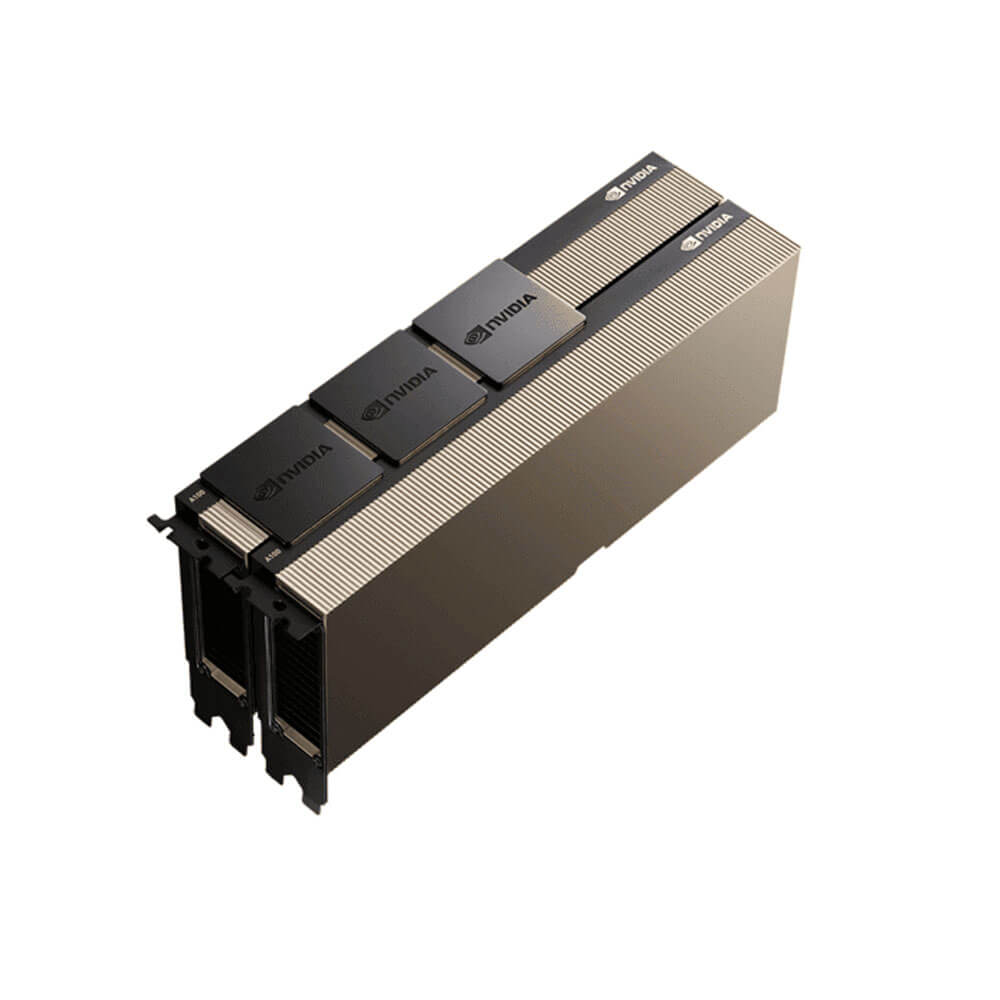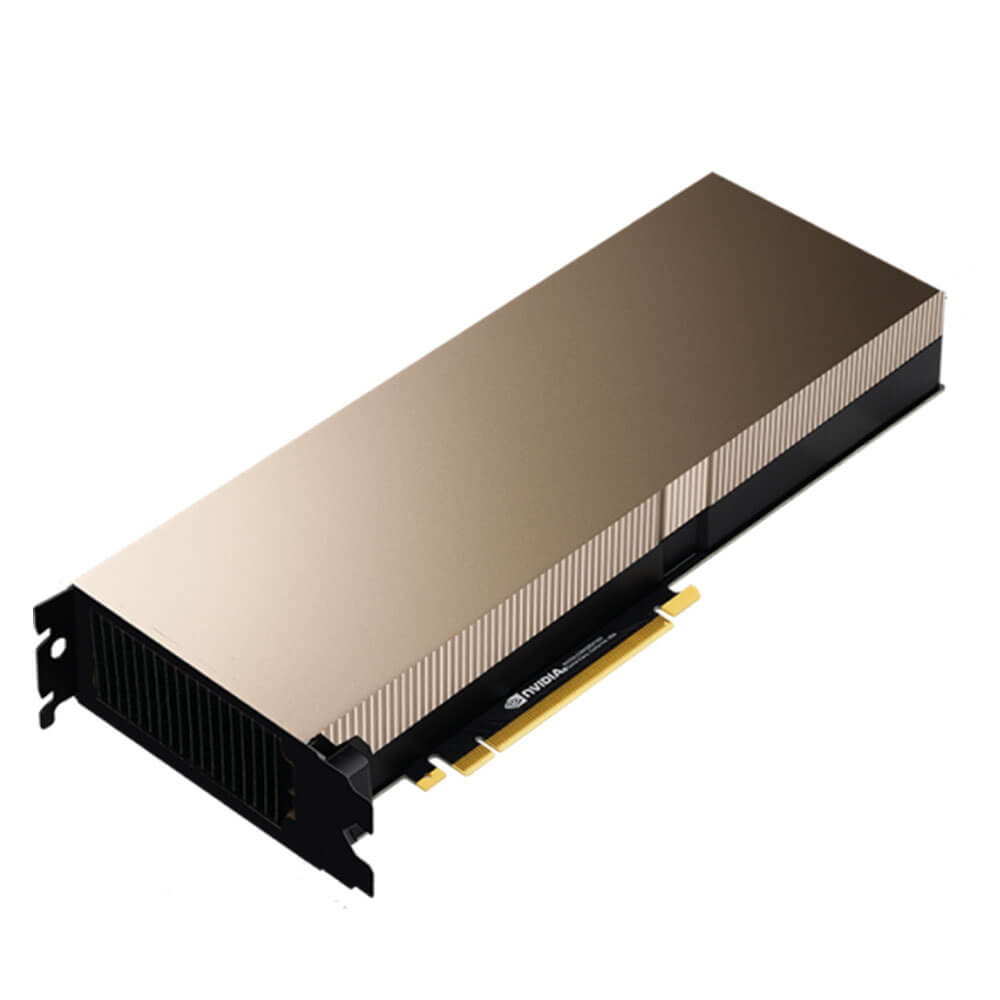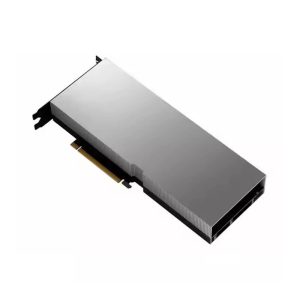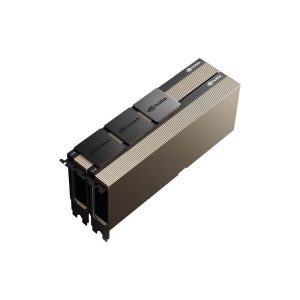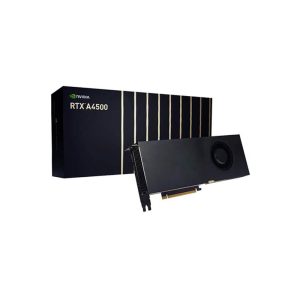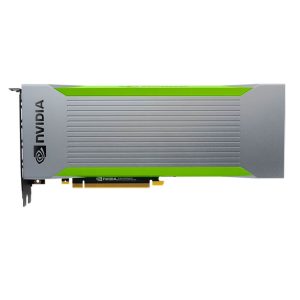NVIDIA A16 PCIe Graphics Card 16 GB
The NVIDIA A16 PCIe Graphics Card with 16GB memory is designed for virtualized workloads and high-density graphics applications. Built on the NVIDIA Ampere architecture, it features multi-instance GPU (MIG) technology and advanced Tensor Cores for enhanced AI and graphics performance. Ideal for virtual desktops and data centers, the A16 PCIe delivers exceptional scalability, efficiency, and user experience.
Min. Quantity – 5 Nos
Note: Below are the approximate and promotional prices. For the latest pricing and further details, please WhatsApp or call us at +91-8903657999.
₹420,000 ₹500,000
The A16 PCIe is a professional graphics card by NVIDIA, launched on April 12th, 2021. Built on the 8 nm process, and based on the GA107 graphics processor, the card supports DirectX 12 Ultimate. The GA107 graphics processor is an average sized chip with a die area of 200 mm² and 8,700 million transistors. Unlike the fully unlocked GeForce RTX 3050 8 GB GA107, which uses the same GPU but has all 2560 shaders enabled, NVIDIA has disabled some shading units on the A16 PCIe to reach the product’s target shader count. A16 PCIe combines four graphics processors to increase performance. It features 1280 shading units, 40 texture mapping units, and 32 ROPs, per GPU. Also included are 40 tensor cores which help improve the speed of machine learning applications. The card also has 10 raytracing acceleration cores. NVIDIA has paired 64 GB GDDR6 memory with the A16 PCIe, which are connected using a 128-bit memory interface per GPU (each GPU manages 16,384 MB). The GPU is operating at a frequency of 1312 MHz, which can be boosted up to 1755 MHz, memory is running at 1563 MHz (12.5 Gbps effective).
Being a dual-slot card, the NVIDIA A16 PCIe draws power from an 8-pin EPS power connector, with power draw rated at 250 W maximum. This device has no display connectivity, as it is not designed to have monitors connected to it. A16 PCIe is connected to the rest of the system using a PCI-Express 4.0 x8 interface. The card measures 267 mm in length, 112 mm in width, and features a dual-slot cooling solution.
Key Features:
- Multi-Instance GPU Design
-
- Four GPU Instances per Card
The A16 physically contains multiple GPU instances, each serving separate user workloads simultaneously. This approach allows higher user density and simpler infrastructure for VDI and cloud gaming clusters. - NVIDIA vGPU Support
Compatible with NVIDIA vGPU software, enabling partitioning of the GPU’s memory and compute resources among multiple virtual machines, each with its own driver environment.
- Four GPU Instances per Card
- Ampere Architecture Enhancements
- CUDA Cores
- Each GPU instance features Ampere’s CUDA core design, improving parallel compute, rendering, and general-purpose GPU tasks.
- Second-Generation RT Cores
- Real-time ray tracing is possible for design or simulation apps within virtual machines, though the A16’s main strength lies in multi-user graphics rather than single-instance high-end rendering.
- Third-Generation Tensor Cores
- Boosts AI-infused features such as DNN-based denoising, upscaling, or other ML tasks in a VDI environment.
- 16GB GDDR6 Memory
-
- Divided Among GPU Instances
The 16GB of GDDR6 memory is typically allocated across the four GPU instances, each instance serving multiple user sessions or single user tasks with a portion of VRAM. - ECC Memory (Where Supported)
Ensures data integrity, safeguarding mission-critical workloads running in multi-user environments.
- Divided Among GPU Instances
- High User Density for VDI & Cloud Gaming
-
- Optimized for Virtualization
The A16 is tailored for consistent performance across multiple concurrent user sessions, supporting demanding 2D/3D apps and moderate gaming in a virtual environment. - Cloud Gaming Support
Delivers GPU-accelerated rendering for streaming games or 3D applications to remote devices, balancing performance and cost in data center environments.
- Optimized for Virtualization
- Energy-Efficient and Data Center Ready
-
- Low TDP
Typically operates at ~250W (approx.), balancing robust GPU performance with moderate power consumption crucial for large-scale deployments. - PCI Express Interface
Deploys easily in standard server racks or blade servers, simplifying integration with existing infrastructure.
- Low TDP
- Enterprise-Grade Reliability & Software Ecosystem
-
- Long-Lifecycle Driver Support
Certified drivers ensure stability and extended support windows for mission-critical enterprise usage. - Integration with NVIDIA Suite
Compatible with NVIDIA’s AI, HPC, and virtualization software stacks (NGC containers, vGPU manager, CUDA, etc.), streamlining setup and management for advanced cloud/VDI solutions.
- Long-Lifecycle Driver Support
Applications:
- Virtual Desktop Infrastructure (VDI)
-
- Multi-User Windows/Linux Desktops: Consolidate multiple user sessions on a single server, each user benefiting from GPU-accelerated applications for design, engineering, or office productivity.
- 3D & 2D Workflows: Allows CAD/CAM, creative design, or general computing tasks in virtual desktops without sacrificing performance.
- Cloud Gaming & Streaming
-
- Remote Game Streaming: Provide GPU resources for multiple concurrent gaming sessions in data center environments, streaming to client devices with minimal latency.
- App Streaming: Deliver advanced 3D or AR/VR applications from the cloud to remote endpoints, harnessing GPU horsepower for interactive experiences.
- AI Inference & Light HPC
-
- Edge & Data Center AI: Each GPU instance can perform moderate AI inference tasks for ML model deployments or real-time analytics, though it’s not a top-tier HPC card.
- Data Analytics: Parallel processing capabilities accelerate data transformations, visual analytics, and basic HPC workflows in multi-tenant or departmental setups.
- Enterprise Workstations & Collaboration
-
- Collaborative Design: Multiple engineers/designers can share GPU resources via vGPU to power 3D modeling or simulation apps.
- Remote Collaboration: Support for high-resolution multi-monitor setups in virtual sessions, enabling distributed teams to access powerful GPU resources over the network.
Why Choose the NVIDIA A16 PCIe Graphics Card 16GB?
- High User Density & Efficiency
-
- Designed for multi-instance virtualization, the A16 can accommodate several users per GPU while maintaining cost-effectiveness and performance.
- Versatile VDI & Cloud Gaming
-
- Balances strong GPU capabilities with specialized virtualization features, making it suitable for remote desktops, streaming solutions, or moderate 3D tasks.
- Scalable Data Center Integration
-
- Standard PCIe form factor, moderate power draw, and robust driver support ease deployment in existing server racks or blade systems.
- Ampere-Based Performance & Features
-
- Access to second-gen RT Cores, third-gen Tensor Cores, and the Ampere SM design ensures advanced rendering, AI inference, and parallel computing under a variety of workloads.
- Long-Term Enterprise Reliability
-
- ECC memory, enterprise driver support, and support for advanced NVIDIA vGPU software all ensure stable, continuous operation in professional or data center contexts.
| Product Name | NVIDIA A16 PCIe |
| Manufacturer | NVIDIA |
| Memory | 16 GB GDDR6 |
| Memory Interface | 128-bit per GPU |
| Memory Bandwidth | 200 GB/s per GPU |
| Power Consumption | 250 W TDP |
| Connectivity | PCIe Gen 4.0 Interface |
| Display Outputs | No direct display outputs |
| Dimensions | 267 mm x 112 mm x 40 mm |
| Bus Interface | PCIe 4.0 x8 |
| Base Clock | 1312 MHz |
| Boost Clock | 1755 MHz |
| Power Connectors | 8-pin EPS |
| PSU | 600 W |

